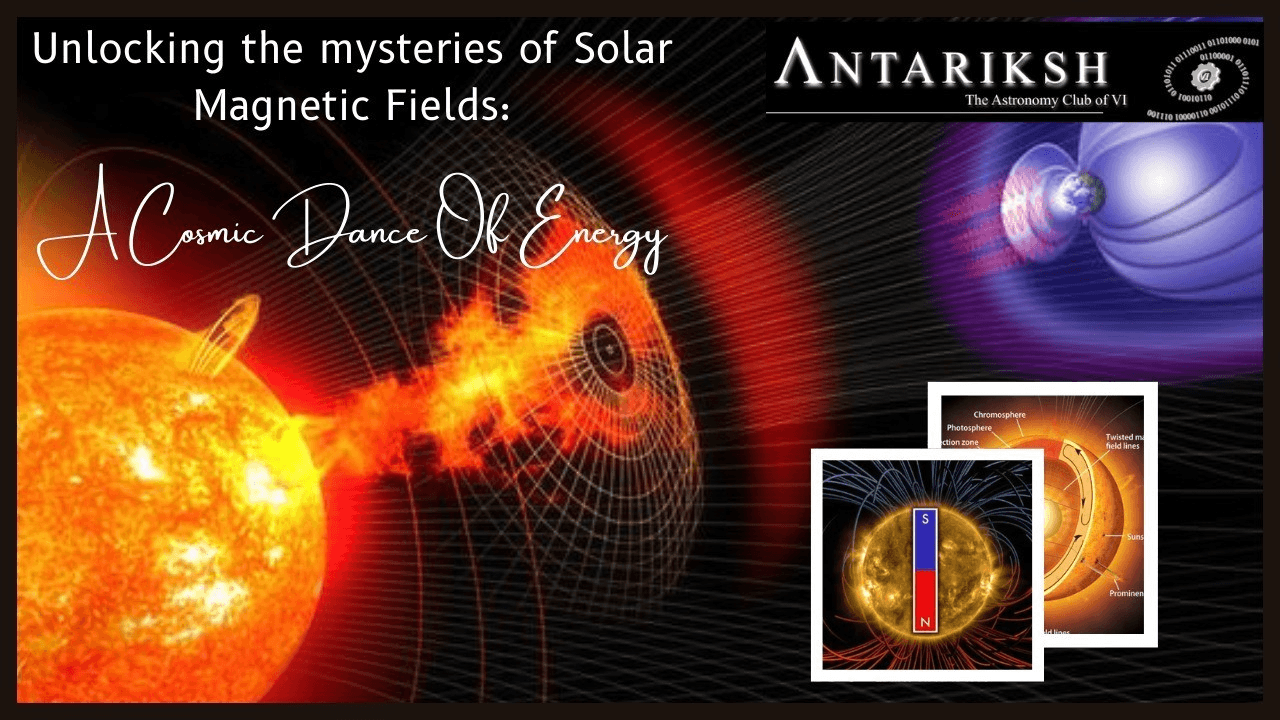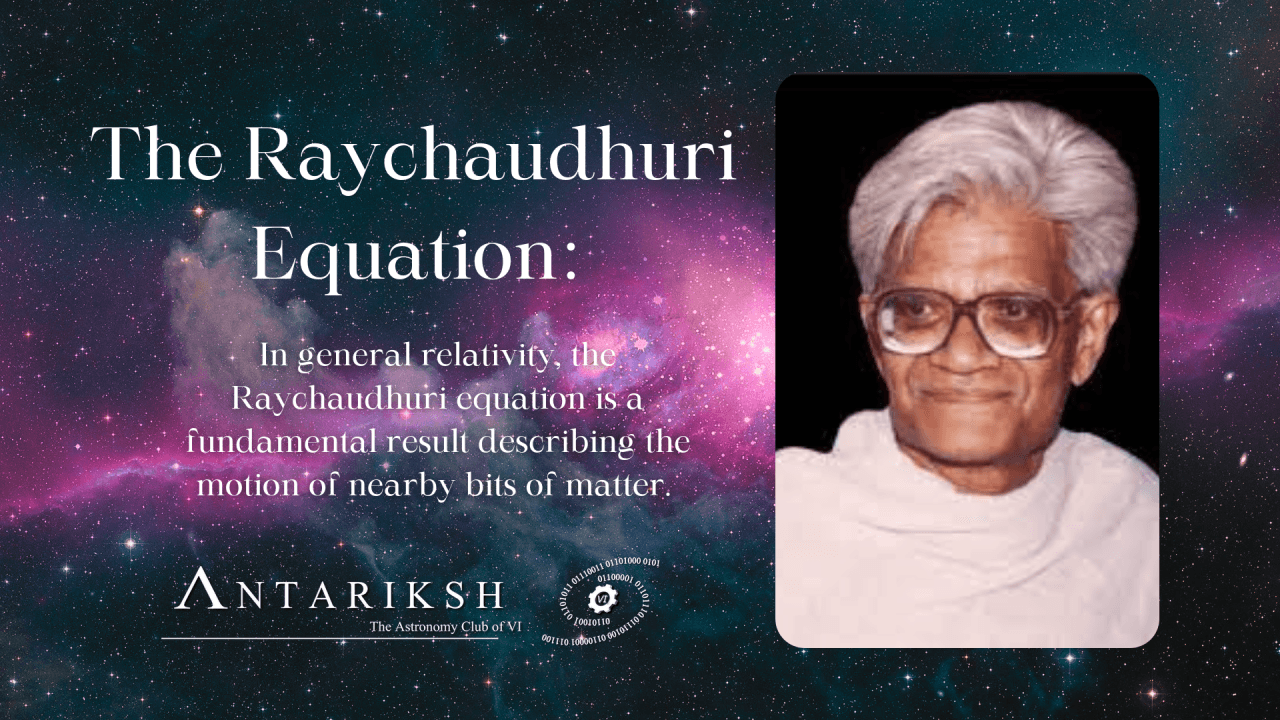For myself, I like a universe that includes much that is unknown and, at the same time, much that is knowable.

Abstract:
The article explores various theories concerning the beginning of the universe and the formation of our solar system. We begin with an examination of the Steady State Theory, which posits that the universe is eternal and unchanging on a large scale, with the continuous creation of matter balancing the expansion of the cosmos. In contrast, the pulsating theory proposes that the universe undergoes an infinite cycle of contraction and expansion. with each cycle beginning with a big bang and ending in a big crunch. The Big Bang Theory, now the most widely accepted model, suggests that the universe originated from an extremely hot and dense singularity, leading to its continuous expansion and evolution.
Further, the article delves into the formation of the solar system, discussing the Gaseous and Nebular Hypothesis, which describes the solar system's formation from a rotating cloud of gas and dust, and the Planetesimal Hypothesis, which emphasizes the role of small, solid bodies in the early solar system's development. By analyzing these theories, the article aims to provide a comprehensive understanding of both the universe's origin and the early stages of solar system formation.
Introduction:
As humans, we were stationary on earth, and for us, the sun, moon, and stars used to rise from the east and set in the west. Our ancestors thought that the earth is stationary and all heavenly bodies revolve around it. These assumptions then gave birth to the geocentric model, which was put forth by Ptolemy in 140 AD. He was a mathematician and astronomer born in Egypt.
Later, the heliocentric model was introduced; ‘Helios’ in Greek means sun. This model was proposed by Nicolus Copernicus, according to which the sun is the center of the universe. And all celestial bodies revolve around it. Kepler supported Copernicus but added that the sun is the center of our solar system and not the universe. According to various ancient Indian scriptures, it is evident that ancient Bharat was far ahead of the rest of the world in the fields of astronomy and cosmology. In 500 CE, Aryabhata believed that earth , moon, and other planets revolved around the sun. He also spread great knowledge on eclipses, planetary motion, and heliocentrism.
The Universe:
So the first question is, What exactly is the universe? The theoretical answer to it will be that the universe is all of space and time and their contents. It comprises all of existence, any fundamental interaction, physical process, and physical constant, and therefore all forms of matter and energy and the structures they form, from subatomic particles to entire galactic filaments.
In simple terms, the universe encompasses everything from the smallest particles to the largest galaxies. It includes every aspect of physics and every physical process. From a grain of sand on the beaches where we relax to the supermassive black holes, all are integral parts of this vast cosmos.
So how exactly is this universe formed? There are some theses and hypotheses about it. What's the difference between a thesis and a hypothesis? The statement or assumption without a scientific proof is known as a thesis, and the one without a scientific proof is called a hypothesis.
1. The Steady State Theory:
The Steady State Theory is a cosmological model that suggests the universe has always existed in a constant state and will continue to do so forever, thus adhering to the perfect cosmological principle, a principle that says that the observable universe is always the same at any time and any place. This model agreed with Hubble that as the universe expands, new matter is continuously created to fill the gaps left by the expansion. This creation of new matter ensures that the overall density of the universe remains constant over time. The Steady State Theory posits that galaxies, stars, and other cosmic structures form, age, and die, but the universe as a whole remains the same because new galaxies and stars are constantly being formed. This theory was proposed by Fred Hoyle, Herman Bondi, and Thomas Gold in 1948.
Drawbacks:
Cosmic Microwave Background: Cannot explain the observed cosmic microwave background radiation, which supports the Big Bang Theory.
Galaxy Evolution: Fails to account for the observed evolution and changes in galaxies over time.
Quasars: The distribution of quasars suggests a denser, more active past, contradicting the theory's claim of a constant universe.
Element Distribution: Does not explain the observed abundance of elements; the Big Bang Theory's nucleosynthesis does.
Redshift: Struggles to explain the redshift of galaxies, indicating an expanding universe.
Matter Creation: Requires a continuous matter creation mechanism, which lacks empirical support.
Predictive Power: Offers less predictive power and fails to explain new cosmological observations as effectively as the Big Bang Theory.
2. Pulsating Theory/Star Pulsation:
The Pulsating Theory, or Oscillating Universe Theory, posits that the universe undergoes infinite cycles of expansion and contraction. After a Big Bang, the universe expands, then eventually contracts into a Big Crunch, leading to a new Big Bang and the start of another cycle. This theory suggests the universe is eternal and repeatedly reborn, unlike the Big Bang Theory, which implies a singular beginning. However, it is less favored today due to evidence of accelerating expansion and a lack of evidence for previous cycles.
Drawbacks:
Lack of Evidence for Contraction: There is little evidence to support the idea that the universe will stop expanding and begin contracting, a key aspect of the pulsating theory.
Insufficient Matter: Current observations suggest that there is not enough matter in the universe to create the gravitational pull required to halt the expansion and trigger a contraction.
Entropy Problem: Each cycle would increase the universe's entropy, implying that successive cycles would be different, not identical. This contradicts the idea of a perfectly repeating cycle.
No Evidence of Previous Cycles: There is no observable evidence of remnants or effects from previous cycles, making it difficult to support the theory.
3. The Big Bang Theory:
At first there was an object of infinite density, infinite temperature, and infinite decimal volume. The Big Bang was first proposed in 1931 by Roman Catholic priest and physicist Georges Lemaître when he suggested the universe emerged from a "primeval atom". Before the big bang, there was no time; time itself began after the big bang.

Fig 1. The expansion of the universe after Big Bang Credit : NASA
The Big Bang theory is the most widely accepted scientific explanation for the origin and evolution of the universe. It postulates that approximately 13.8 billion years ago, the universe began as an infinitesimally small, incredibly hot, and dense point known as a singularity. This singularity underwent a rapid expansion, known as cosmic inflation, creating the universe as we know it. As the universe expanded, it cooled down, allowing for the formation of fundamental particles like quarks and leptons. These particles eventually combined to form protons and neutrons, which in turn formed atomic nuclei. Over time, these nuclei combined with electrons to form atoms, primarily hydrogen and helium. Gravity played a crucial role in the formation of structures within the universe. As the universe cooled further, regions with slightly higher densities of matter began to attract more matter, eventually forming galaxies, clusters of galaxies, and other large-scale structures. Within these structures, stars formed from collapsing clouds of gas and dust.
One of the most compelling pieces of evidence for the Big Bang theory is the cosmic microwave background (CMB) radiation. This is a faint glow of radiation left over from the early universe, when it was incredibly hot and dense. The CMB has been observed to be remarkably uniform in all directions, providing strong support for the idea that the universe began as a very small, homogeneous point. Hubble observed the expansion of the universe. This was observed by the red shift, and this expansion explained the big bang at the beginning of time.
The Solar System:
After understanding the possible ways to the beginning of the universe, let us understand the various possibilities of the beginning of our solar system.
Gaseous Hypothesis:
This hypothesis was proposed in 1755 by Immanuel Kant, a German philosopher and astronomer. He suggested that a vast cloud of gas (a nebula) composed of cold particles existed. Initially, this matter was motionless, but it then began to rotate. Due to centrifugal force, the nebula is divided into nine rings. These rings and a central mass eventually evolved into the sun and planets. The rings were thicker at the center and thinner at the edges. The thicker central portions formed gas giants like Jupiter and Saturn, while the thinner outer edges became smaller planets, asteroids, and the Kuiper Belt. But this hypothesis had the following drawbacks:
Drawbacks:
1) Scientists were unable to state where the cloud of gas came from, i.e., the origin of the cloud.
2) It's impossible for cold particles to produce such tremendous heat. How was this heat produced?
3) It also had problems proving the existence of terrestrial planets and planetary motion.
Nebular Hypothesis:
After several shortcomings of the gaseous hypotheses, there came the student of Emanual Kant, Pierre-Simon Laplace, in 1796. He stated that the nebula was made up of clouds of hot particles instead of cold particles, i.e., H and He particles (hot particles), then the same revolved, and due to centrifugal force it got 1 ring and center mass, and from 1 ring, 9 planets were formed.
Drawbacks: The theory wasn’t able to address the origin of gaseous clouds and the formation of terrestrial planets.

Planetesimal Hypothesis:-
Viktor Safronov and Cchemberlin stated that there was an existence of a Protosun initially, which was bigger compared to the current Sun. The other star passed by the Protosun in proximity. Due to the gravity of this star, the matter came out of the sun and started to revolve around. Slow cooling of this matter resulted in the formation of planets and other celestial bodies. Drawbacks :- The theory wasn’t able to address the origin of the Protosun and the origin of the intruding star. Additionally, the theory didn’t answer why such an event never occurred later.
Conclusion:
Exploring and understanding the origin of the universe is the key behind understanding the current state of the cosmos and can uncover a few mysteries associated with it. Every theory has provoked the human race to think beyond the pre-existing models and rethink the way the universe was perceived. Although these theories aren’t proved yet, every theory has opened doors for new discussions and significantly contributed to the understanding of the cosmos.
References:
1] Bojowald, M., 2007. What happened before the Big Bang?. Nature Physics, 3(8), pp.523-525.
2] Linde, A., Linde, D. and Mezhlumian, A., 1994. From the Big Bang theory to the theory of a stationary universe. Physical Review D, 49(4), p.1783.
3] Aitken, R.G., 1906. The nebular hypothesis. Publications of the Astronomical Society of the Pacific, 18(107), pp.111-122.
4] Chamberlin, T.C. and Moulton, F.R., 1909. The development of the planetesimal hypothesis. Science, 30(775), pp.642-645.
5] Tangherlini, F.R., 1986. Dimensionality of space and the pulsating universe. Nuovo Cimento Soc. Ital. Fis. B;(Italy), 91(2).
6] The Big Bang Theory (wikipedia)-20/08/2024.



